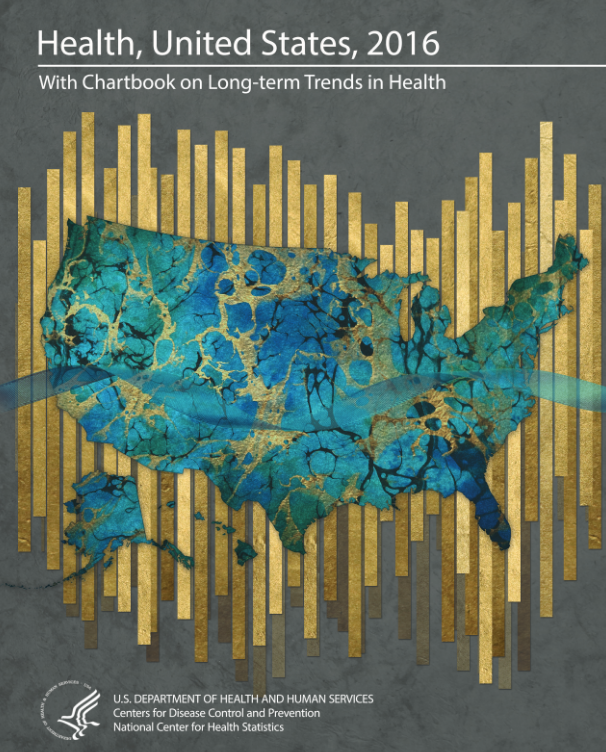Newsletter
July 2017
Riley Hospital Nationally Ranked in 10 Specialities by U.S. News & World Reports
Riley Hospital for Children at IU Health has again nationally ranked in 10 specialities of Best Hospitals by U.S. News & World Reports
- Pediatric Urology
- Pediatric Pulmonology
- Pediatric Diabetes & Endocrinoloby
- Pediatric Gastroenterology & GI Surgery
- Pediatric Cardiology & Heart Surgery
- Pediatric Nephrology
- Pediatric Orthopedics
- Pediatric Neurology & Neurosurgery
- Pediatric Cancer
- Neonatology
Prescribing and Dispensing Opioids
Effective July 1, 2017 Senate Enrolled Act 226 becomes effective supplementing Indiana's previous opioid prescription regulations with additional requirements for opioid prescribers and pharmacists.
Please click here for the IU Health eCompliance newsletter for details.
SAVE THE DATE: Medicare Medical Record Documentation Seminar
Medicare Medical Record Documentation Seminar
October 12, 2017, 7:30am - 12:30pm
IU Health Bloomington Hospital
Wegmiller Auditorium
On October 12, 2017 from 7:30am to 12:30 pm, IU Health Southern Indiana Physicians is partnering with Wisconsin Physicians Services (WPS) and the Indiana State Medical Assocation (ISMA) to present a seminar regarding medical record documenation.
This seminar is desinged for physicians and advanced providers. Topics include:
- Documenation requirements for Evaluation & Management (EM) Services
- Incident-to Services
- Signature Requirements
- Split/Shared Services
- Teaching Physician Guidelines
Although the seminar focuses on documentation and is not intended for billing and coding personnel, providers are welcome to ask one member of their billing staff to join them for the session. Providers will have an opportunity to earn Continuing Medical Education (CME) credit for attendance.
Contact Heather Freeman (hfreeman@iuhealth.org | 812.353.9397) for more information or to reserve your seat.
Mandatory Training Modules Due
All training modules for new Residents and Fellow are due by August 1st!
Please complete all onboarding modules in order to avoid disruption of system access. Online training modules can be located at https://iuhealthcpe.org/ and selecting Education Portal. All modules must be completed prior to signing the Responsbility and Data Stewardship Agreement. This includes completion of required resuscitation certifications.
For questions or issues regarding training modules please contact docs@iuhealth.org or 317.962.2222.
Center for Disease Control Publishes 40th Annual Report on the Health of the Nation: Long-Term Trends in Health and Health Care Delivery in the United States
On June 28, 2017 the Center for Disease Control (CDC) published their 40th Annual Report on the Health of the Nation featuring Long-Term Trends in Health and Health Care Delivery in the United States.
Among the highlights:
Between 1975 and 2015, life expectancy increased for the total population and for males and females. However, between 2014 and 2015, life expectancy declined by 0.1 years for the total population, 0.2 for males, and 0.1 for females.The infant mortality rate decreased 63 percent, from 16.07 to 5.90 deaths per 1,000 live births between 1975 and 2015.
Between 1975 and 2015, the age-adjusted heart disease death rate decreased 61 percent from 431.2 to 168.5 deaths per 100,000 population. The age-adjusted cancer death rate decreased 21 percent from 200.1 to 158.5 deaths per 100,000 population. Heart disease and cancer remain the top two causes of death in the United States.
Between 1974 and 2015, the age-adjusted prevalence of current cigarette smoking declined from 36.9 percent to 15.6 percent among persons aged 25 and over.
The age-adjusted percentage of adults aged 20 and over with obesity increased steadily from 22.9 percent in 1988–1994 to 37.8 percent in 2013–2014.
Prescription drug use increased for all age groups between 1988-94 and 2013-14. Among adults 65 and over, use of five or more prescription drugs in the past 30 days increased from 13.8 percent to 42.2 percent during the same period.
The percentage of persons with an overnight hospital stay was lower in 2015 than in 1975 for males and females under age 75, and was not significantly different in 2015 than in 1975 for males and females aged 75 and over.
Between 1975 and 2014, the number of community hospital beds per 1,000 resident population fell by almost one-half from 4.6 to 2.5. The average length-of-stay per hospital stay fell by almost one-third from 7.7 to 5.5 days, and occupancy rates declined almost 16 percent from 75.0 percent to 62.8 percent.
Between 1975 and 2015, the share of personal health care expenditures paid for:
- Hospital care decreased from 45.3 percent to 38.1 percent;
- Physician and clinical services remained the same at about one quarter (22.4 percent–23.4 percent);
- Nursing care facilities and continuing care retirement communities decreased from 7.1 percent to 5.8 percent;
- Home health care increased from 0.5 percent to 3.3 percent;
- Dental services decreased from 7.1 percent to 4.3 percent;
- Prescription drugs increased from 7.1 percent to 11.9 percent;
- Other types of care increased from 10.6 percent to 13.2 percent.
Between 1978 and September 2016 (preliminary data), the percentage of children under age 18 who were uninsured decreased from 12.0 percent to 5.0 percent; the percentage with Medicaid coverage increased from 11.3 percent to 39.2 percent; and the percentage with private coverage decreased from 75.1 percent to 53.5 percent.
These trends in health and health care have occurred alongside changes in the demographic characteristics of the U.S. population:
- The U.S. population grew older between 1975 and 2015 as the number of Americans 65 and over increased from 22.6 million to 47.8 million;
- The U.S. population became more diverse; in 1980, 20.1 percent of the population were racial or ethnic minorities; by 2015, 38.4 percent of the population identified as racial or ethnic minorities;
- During 1975-2015, the percent of children under age 18 living in poverty reached a high of 22.7 percent in 1993, declined to 16.2 percent in 2000, rose to 22.0 percent in 2010, and then declined to 19.7 percent in 2015;
- The rural (nonmetropolitan) share of the population declined between 1970 and 2015; the suburban share of the population increased.
The full report is available at https://www.cdc.gov/nchs/hus/.
Your Opinion Counts
We are looking for ways to enhance our newsletter to provide useful information to our subscribers. If you would take a few moments to complete our brief survey you will be entered to win a $10 Copper Moon gift card.
https://iuhealthcpe.org/survey/ba2f3cf6-4217-11e7-bedb-005056b05f5c







